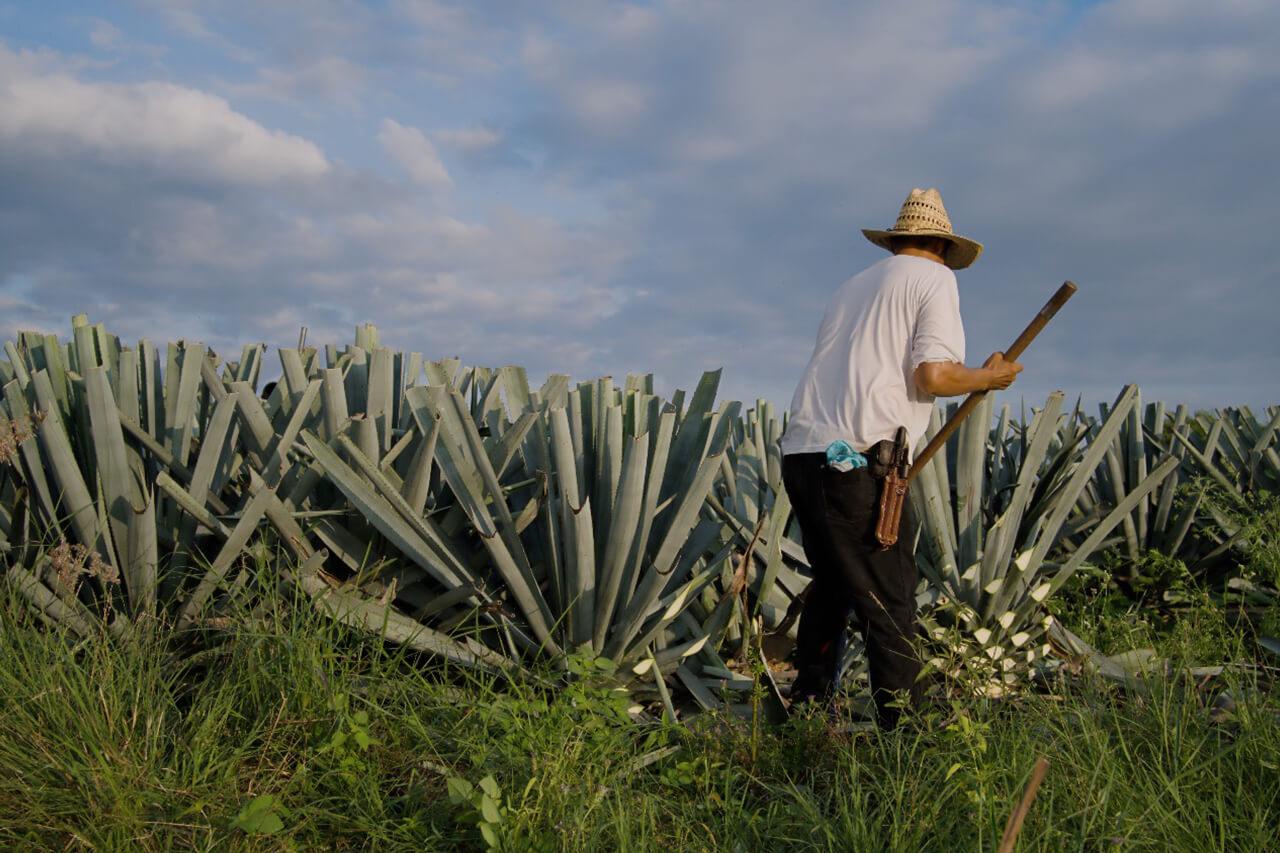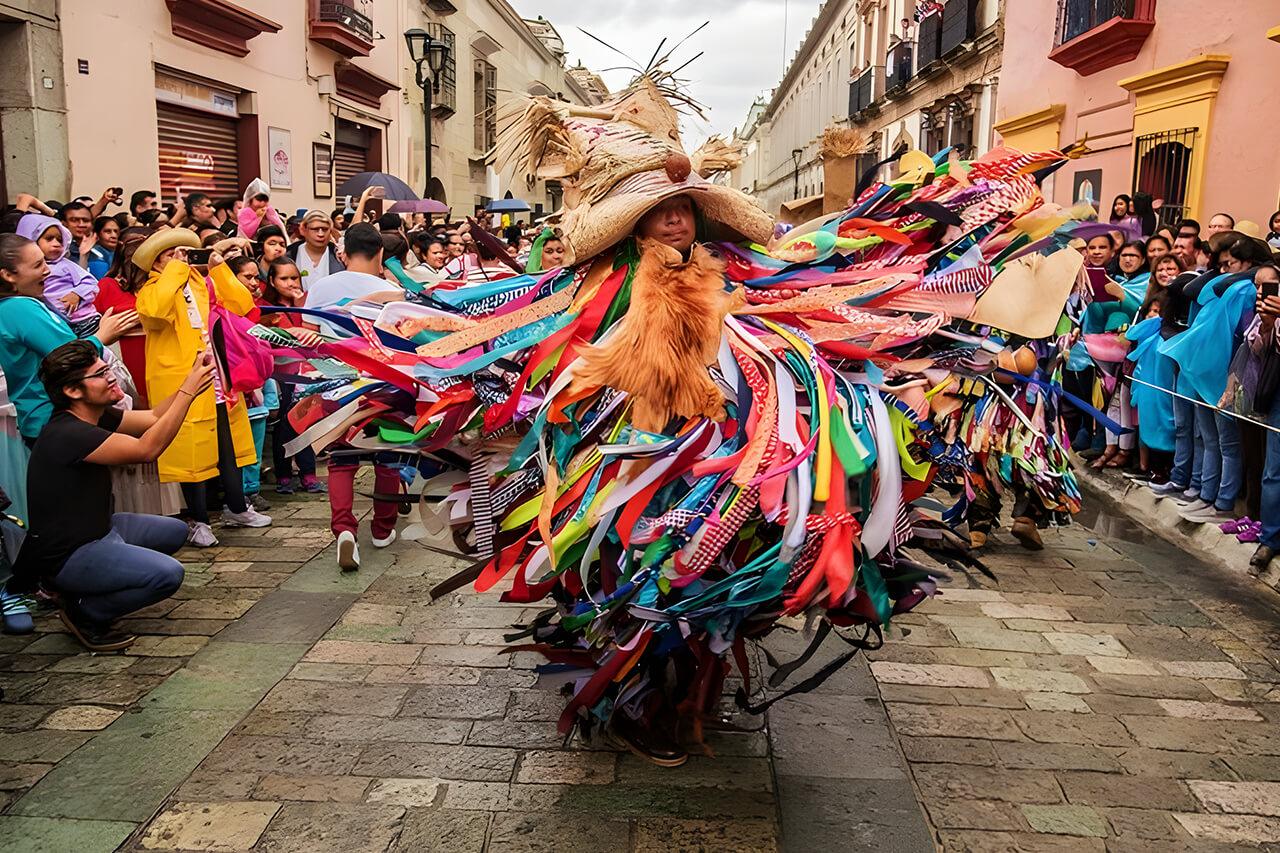Mezcal is much more than an alcoholic beverage: it’s a cultural expression, an ancestral legacy, and a symbol of Mexican identity. This spirit, made from different varieties of agave, traces its origins back to pre-Hispanic civilizations, when Indigenous peoples were already fermenting this plant to create ritual beverages.
The Origin of Mezcal
Although mezcal’s history is steeped in mysticism and tradition, it is believed that its distillation process began after the arrival of the Spanish in the 16th century, who introduced stills. Unlike tequila, which is made exclusively from blue agave, mezcal can be produced from various agave varieties such as espadín, tobalá, madrecuixe, tepextate, and many more. This versatility allows each mezcal to have a unique flavor profile, depending on the agave type, the region where it’s grown, and the production method used.
How Is Mezcal Made?
The artisanal process of mezcal production sets it apart from other spirits. First, the agave hearts (piñas) are harvested and cooked in underground stone ovens, giving them their characteristic smoky flavor. Then, the cooked piñas are crushed using stone tahonas or wooden mallets, fermented in wooden or clay vats, and finally distilled in copper or clay stills.
Every step in mezcal production is essential and varies depending on the region and the mezcal master, resulting in a wide range of flavors, aromas, and textures.
More Than a Drink, a Cultural Heritage
Mezcal is not just a spirit—it is a tradition passed down from generation to generation. From its Indigenous roots to its international recognition, it remains a symbol of Mexican identity. With every sip, one can taste the history, effort, and dedication of the families who have kept this art alive for centuries.
If you haven’t yet tried a good mezcal, we invite you to discover it. And remember the popular saying:
“For everything bad, mezcal; and for everything good, mezcal too.”




